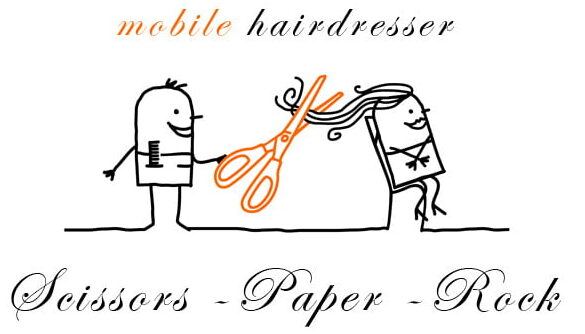Introduction
The field of hair and beauty is increasingly becoming diverse, taking an intricate approach to healthier, natural routines. Of several hair care techniques, one that has garnered immense attention and varied opinions is ‘air-drying’; the practice of letting your hair dry naturally without the aid of mechanical dryers. The question that arises, however, is whether air-drying helps or harms your hair. This article addresses the significance of this debate, its applications, and benefits in the realm of hair and beauty.
The Significance of Air-Drying
Over the years, it has been observed that excessive use of hot styling tools, including hair dryers, curling irons, and straighteners, can cause various types of hair damage like brittleness, dullness, dryness, and even breakage. This is primarily because the intense heat these tools generate can strip the hair of its natural moisture, the protective barrier that keeps hair smooth and healthy.
On the contrary, air-drying, as the name suggests, involves allowing your hair to dry naturally by simply exposing it to air. The primary reason why air-drying is gaining significance lies in its potential to mitigate heat-induced hair damage.
The Technique and Its Application
Air-drying your hair effectively requires a bit more than just towel drying your hair post-wash and letting it be. Before jumping into the technique, note that not every hair type responds to air-drying in the same way. While it suits some hair types nicely, others may not attain the desired results.
When air-drying, use a soft microfiber hair towel or a cotton t-shirt to squeeze out water gently, rather than rubbing your hair which can cause frizz. Apply a leave-in conditioner or a serum to help detangle your hair easily and to seal in the moisture. If you have curly or wavy hair, scrunch your hair with a curl cream to define the curls.
Benefits of Air-Drying
There are numerous benefits to air-drying your hair when done correctly. Here are a few:
1. Healthier Hair: Air-drying reduces the risk of heat damage, thereby resulting in healthier and stronger hair.
2. Reduced Frizz: Rubbing your hair dry with a towel or using a hot hairdryer can produce friction that creates frizz. With air-drying, this can be minimized.
3. Cost-Effective: Air-drying is an economical method; you save on the cost of electricity and expensive heat styling tools.
4. Saves Time: You can carry out other tasks while your hair is drying naturally, making it a time-efficient method.
5. Enhances Natural Texture: Air-drying allows your natural hair texture to shine through and it can enhance your natural waves or curls.
Limitations and Risks
Despite numerous benefits, air-drying can have some drawbacks and risks. Wet hair is vulnerable and leaving it wet for long periods can cause certain types of damage like hygral fatigue. Long-time exposure to moisture can weaken the strands, leading to hair breakage. Furthermore, those with fine or straight hair might find their hair limp without the volume that blow drying can provide.
Conclusion
The art of air-drying is worth incorporating into your hair care routine, however it isn’t a one-size-fits-all method. While it does help to prevent heat damage, promote healthier hair, and save time, it also poses potential risks for prolonged wetness. Sometimes, it is about striking a balance – perhaps air-dry your hair until it’s about 70-80% dry and then use a blow dryer on a cool setting to finish off. Ultimately, the decision to air-dry or not depends on understanding your individual hair type, texture, and needs. It’s always advisable to consult with a hair care expert or a stylist for personalized advice.
